How the new Ghana Education Service Structure looks like
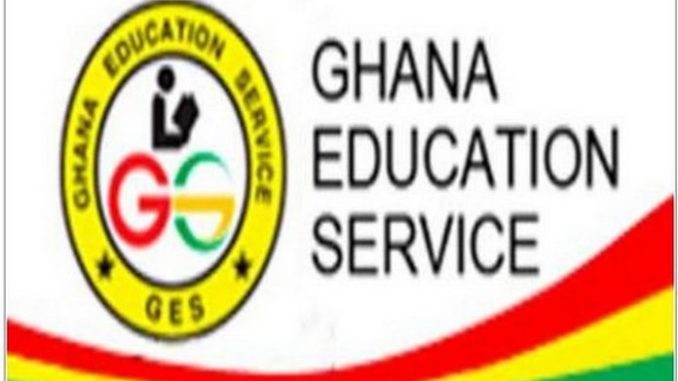
New GES Boss Appointed By Akufo Addo
Do you know how the new Ghana Education Service Structure Looks? If no, keep reading this informative post and get educated.
A complete overview of understanding the mandate and structures of the Ghana Education Service (GES) including the agencies working hand-in-hand with the Ministry of Education for the best course has been released.
Establishment of the Ministry of Education (MoE)
The Ministry of Education (MoE) was established in the year 1957 to formulate and coordinate education policies, set standards, monitor, and evaluate
implementation. The Ministry of Education (MoE) is responsible for all policies on education, including apprenticeships and wider skills acquisition in Ghana.
The new Ghana Education Service Structure Looks
Ministry of Education has twenty-three (23) agencies responsible for the regulation and implementation of the approved policies.
Agencies of the Ministry of Education
Here is the list of some agencies that the Ministry of Education (MoE) works with for the betterment of education and its policies:
- GES –Ghana Education Service
- GTEC –Ghana Tertiary Education Commission
- CTVET – Commission for Technical Vocational Education and Training
- GHANA TVET SERVICE
- NaCCA – National Council for Curriculum and Assessment
- NTC – National Teaching Council
- NaSIA – National Schools Inspectorates Authority
- GhLA –Ghana Library Authority
- GETFUND –Ghana Education Trust Fund
- CEA – Complementary Education Agency
READ MORE:33,870 Ghanaians Tested Positive For HIV In 3rd Quarter Of 2022
Brief on Ghana Education Service (GES)
Ghana Education Service (GES) was established in 1974. It is governed by a Council called the GES Council.
GES was established under the 4th Republican Constitution of Ghana. The earlier legislations governing GES have been amended by Acts of Parliament, including Act 506 (1994) and Act 778 (2008). The new Act governing GES now is Act 1049 (2020), part 2 of which establishes the Ghana TVET Service.
Composition of Ghana Education Service (GES)
According to data gathered by EMIS in 2020/2021, Ghana Education Service has:
- 376,059 Employees (Teaching and Non-Teaching)
- 16 Regional Education Offices
- 260 District Offices
- 15,226 Kindergartens (KGs)
- 15,622 Primary Schools
- 11,696 Junior High Schools
- 679 Senior High/Senior High Technical Schools
Background of Learners
Generally, learners per the 2020/2021 data provided by EMIS, GES oversees 7,140,632 learners.
The breakdowns are as follows:
- Kindergarten (KG) has 1,192,828 learners.
- Primary School has 3,269,223 learners.
- Junior High School has 1,417,086 learners.
- Senior High School Learners has 1,261,495 students.
Duties of Ghana Education Service (GES)
Ghana Education Service:
- implement all approved pre-tertiary educational policies of Government.
- provide oversight responsibility at all levels of pre-tertiary education in the country.
- monitor routine activities in line with increasing access, quality, and improving management mechanisms.
- engage various stakeholders to improve
educational outcome.
Summary of key shifts made from the ‘as is’ to the ‘to be’ structural design
- In the old structure,
Special Education at the National level narrowly focused on learning barriers. - Use of technology limited to administration functions.
- There was no centralized performance Management function.
In the new structural shift, there are:
- School Management, Leadership and Accountability: a separate function to
enable greater accountability and good governance. - Reorganization to enable learning outcomes: reorganization of functions to deliver pre-tertiary education policies that enable all children to have a good
quality education. - Greater focus on instructional leadership: including support roles to free up executive time to focus on instructional leadership.
- School Management, Leadership and Accountability: a separate function to
- Inclusive education and enrichment: extended inclusive education beyond special education to include culture, girl-child and safe schools, and to address barriers to learning.
- Community relations: created community liaison for ensuring community engagement and participation at the school level.
- ICT and Edtech division: created a standalone ICT/ edtech function to
oversee technology for planning, management and enhancing teaching, and learning. - Legal function: inclusion of a Legal function in the national structure.
Transition: As-Is to Future State – Responsibility Matrix
Headquarters – (Regulate, Benchmark, and Drive)
- Sets direction for the drafting, interpretation and implementation of approved national policies, and programmes related to GDS education delivery.
- Monitoring of all funds allocated for the delivery of effective and efficient basic education.
- Manage human resource management matters in secondary schools and regional directorates of education.
- Liaise and partner with other MoE autonomous bodies NACCA, NIB, NTC, etc in the delivery of effective education support systems.
- Provision of quality inclusive and
equitable support to all tiers within GES to promote high-quality instructional leadership and pedagogy; subject matter expertise and requisite resources.
Regional – (Oversight & Collaboration)
- Manage the monitoring and oversight of implementation of National education policies, strategies and frameworks in an inclusive and equitable manner across the regions.
- Exercise oversight responsibility for the management of secondary schools on behalf of the Ministry responsible for Education.
- Provide instructional leadership and subject matter expertise to secondary schools.
- Implement a Performance
Management System that promotes accountability for the delivery of quality education for all.
District – (Coordinate & Facilitate)
- Monitor and oversee the implementation of educational policy and directives determined by the GES in an inclusive and equitable manner;
- Provides instructional leadership, management, and oversight to deliver high-quality education in basic schools within the district.
- Efficient management, administration, and control of budgetary allocations as
determined by the District Assembly
School – (Implement)
- Provision of basic education to students through the
implementation of National policies, programmes, and educational strategies. - Provide instructional leadership, pedagogy, subject matter expertise and resource support to teachers, students, and other teaching personnel.
- Work with school communities (NGO, CBO, FBO, and parents) to ensure inclusivity, community upliftment, and collaboration.
Co-designed National organisational structural
The organisation structure is have been structured in four (4) levels including their respective subordinates.
The organisational structure has the GES Director-General at the top, followed by the Regional Director, District Director, and Headteacher levels.
All the four (4) levels have roles to play in the entire structure.
READ: Term 1 Scheme of Learning For 2023 Basic 1-Basic 7 – Download Now!
We hope you have been informed through this post on How the new Ghana Education Service Structure Looks.


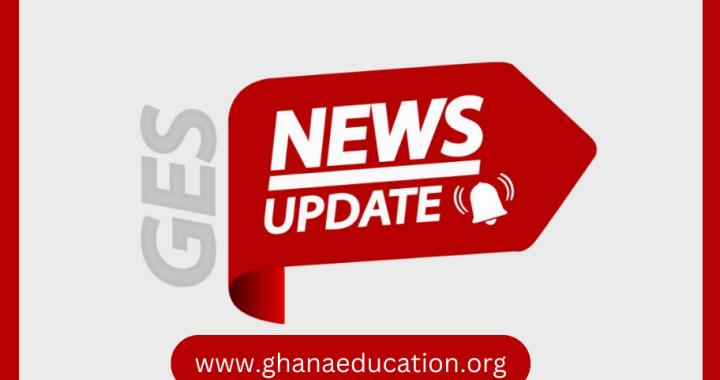 GES is expected to announce reopening dates for public schools today
GES is expected to announce reopening dates for public schools today 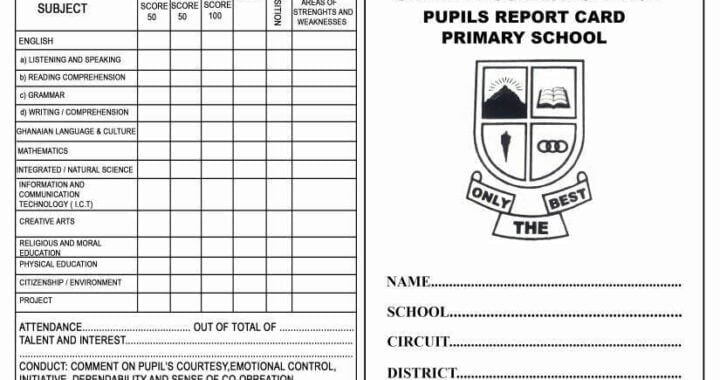 2024-2025 Report Card Grading, Student Attitudes, Interests and Conduct Samples for Teachers
2024-2025 Report Card Grading, Student Attitudes, Interests and Conduct Samples for Teachers 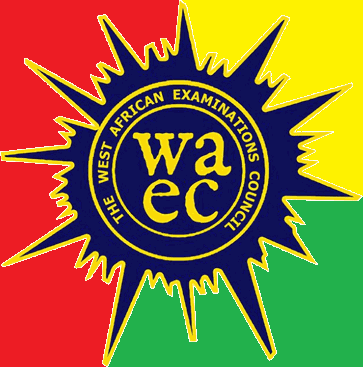 WASSCE 2024 Integrated Science Sample Questions
WASSCE 2024 Integrated Science Sample Questions  Dr. Bawumia’s Smart Phone Credit Will Take 125 Years To Repay: A Misleading Promise
Dr. Bawumia’s Smart Phone Credit Will Take 125 Years To Repay: A Misleading Promise  US Staffing Agencies Recruiting International Job Seekers With Work Visa Sponsorship
US Staffing Agencies Recruiting International Job Seekers With Work Visa Sponsorship 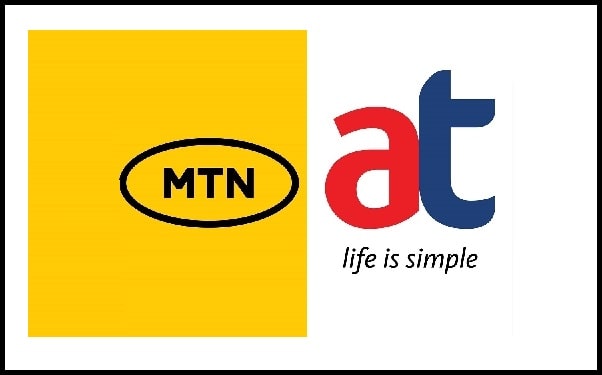 Buy 1 Gig MTN or Airtel Tigo data for only GHS6.00 not GHS17.00
Buy 1 Gig MTN or Airtel Tigo data for only GHS6.00 not GHS17.00 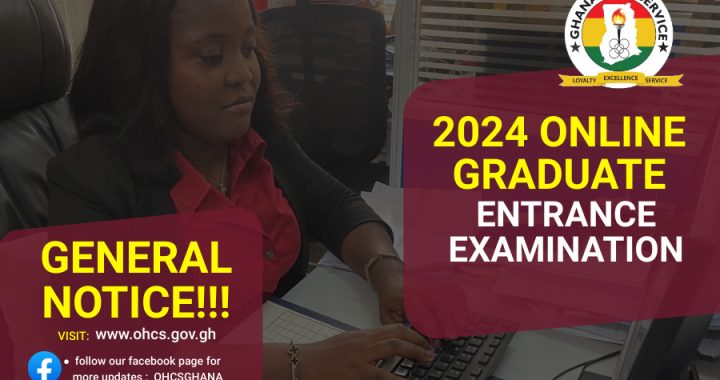 Civil Service Announces 2024 Online Examination Details for Graduate Applicants
Civil Service Announces 2024 Online Examination Details for Graduate Applicants